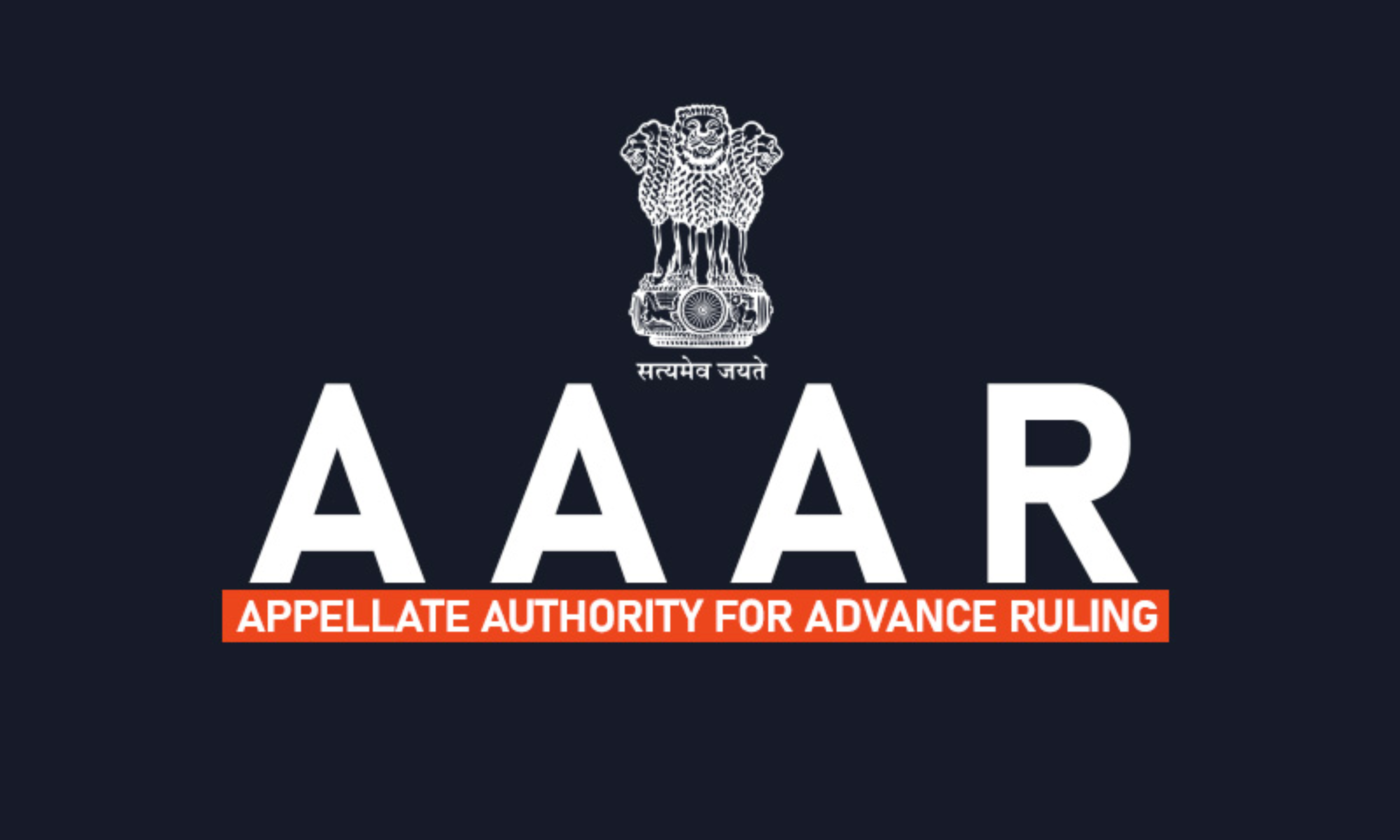
The Gujarat Appellate Authority of Advance Ruling (AAAR), while upholding the ruling of AAR, has held that 18% GST is applicable on parathas.The two-member bench of Vivek Ranjan and Milind Torawane has observed that the parathas are different from plain chapatti or roti and cannot be treated as or covered under the category of plain chapatti or roti. The appropriate classification of...
The Gujarat Appellate Authority of Advance Ruling (AAAR), while upholding the ruling of AAR, has held that 18% GST is applicable on parathas.
The two-member bench of Vivek Ranjan and Milind Torawane has observed that the parathas are different from plain chapatti or roti and cannot be treated as or covered under the category of plain chapatti or roti. The appropriate classification of parathas would be under Chapter Heading 2106.
The appellant is in the business of producing eight varieties of paratha, which are Malabar Paratha, Mixed Vegetable Paratha, Onion Paratha, Methi Paratha, Alu Paratha, Laccha Paratha, Mooli Paratha, and Plain Paratha. The principal ingredients of all varieties of paratha are wheat flour and other ingredients like aloo, vegetables, mooli, onion, methi, etc. The parathas supplied and sold by them in packed condition are to be placed directly on a pre-heated flat pan or griddle to be heated on a medium flame for about 3–4 minutes. During this period, the paratha is to be flipped every 30 seconds.
The appellant has sought an advance ruling in respect of the classification and GST rates of the various varieties of parathas.
The Gujarat Authority of Advance Ruling has ruled that the merit classification of parathas is at HSN 21069099 and has held that 18% GST is applicable.
The appellant was aggrieved by the advance ruling by GAAR.
The appellant contended that the GAAR erred in observing that parathas are not classifiable under Chapter Heading 1905 as they require 3–4 minutes of cooking. As in the GST Tariff and HSN explanatory notes to Chapter 19, it has not been mentioned that Heading 1905 only covers ready-to-eat products.
The appellant referred to that pizza bread covered under Heading 1905 is also eligible for a concessional rate of duty and 5% GST is applicable on pizza bread, rusk and toasted bread. The pizza bread and toasted bread require heating and cooking before consumption. It proves that Heading 1905 is not restricted to products ready for consumption.
The appellant contended that parathas are akin to roti or chapatti, which are classifiable under Heading 1905 and liable to 5% GST.
The AAAR observed that various types of parathas have one common ingredient i.e. wheat flour and other ingredients like water, edible vegetable oil, salt, antioxidants, potato, vegetables, radish, onion, methi, etc. However, plain roti or chapatti are made only from wheat flour and water. Therefore, on the basis of ingredients used in the paratha and roti or chapatti, the composition of both is very different from each other.
The AAAR noted that the process of 3–4 minutes of heating amounts to the cooking of the parathas as the colour of the parathas changes and the frozen parathas become ready for consumption. As compared to Roti or Chappati or items falling under Chapter heading 1905, which are ready to eat and do not require any further processing before consumption. The appellate authority held that the end users cannot be determinative of the classification of the product and a number of factors are required to be considered. The parathas are very different from plain chapattis or rotis, and the products have to be classified on their merits.
Appellants Name: M/s Vadilal Industries Ltd.
Date: 15.09.2022




